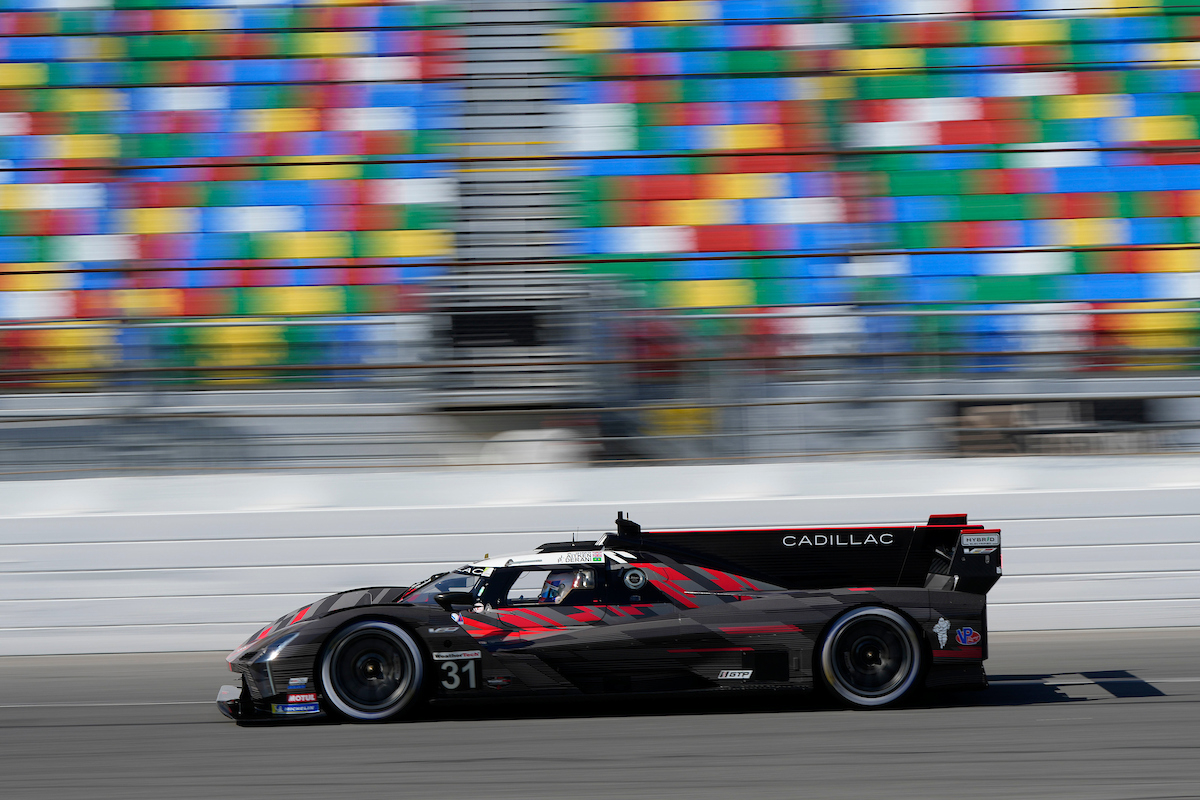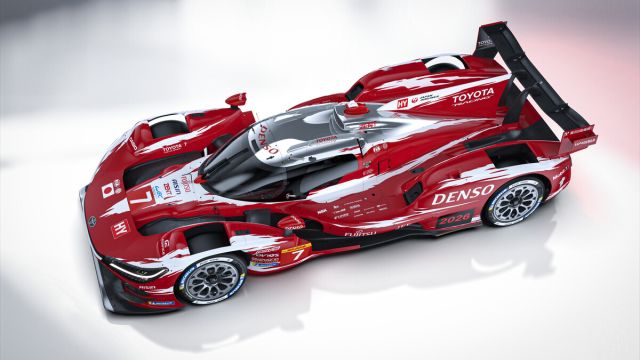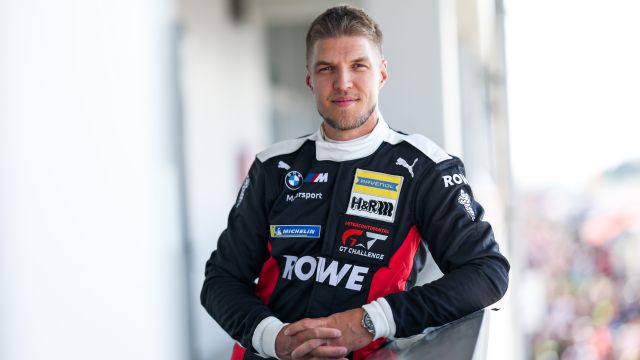Gary Nelson (Cadillac / Action Express Racing) : “This new car is such a great challenge”
You’ve had a lot of experiences with a lot of different race cars. how does that play into this new car?
This new car, to me, is such a great challenge. My whole career in racing I’ve always wanted the trophy that’s hardest to get. They are always harder when you don’t have a logbook or set-up book or all the other things ready to go when you get to the track. We’re going to create pretty much from a blank sheet of paper a program that we’re expecting to win the Daytona 24 hours.
We know everybody has all the same challenges and issues, and I think it’s the most pumped up I’ve been for many years to try to get all these little things all to line up and get that car to go 24 hours and be at the front at the end. That’s going to be one of the biggest challenges. The hybrid, the different rules, the new car, the way of doing the pit stops, everything is much easier when you go to a 24-hour race and you’ve got some muscle memory from other races in the past. Here, it’s all new and I’m looking forward to getting a shot at that trophy.”
What do you think are the keys to getting to the finish?
Probably, the reliability of all of the new components. We have a lot more things that go by wire now. Where we used to have manual shift, we went to shift by wire and paddle shift and then we went to throttle by wire. And multiply that by four or five other different components on the car that are now going through a computer. So, probably electronics will be the focus on trying to make sure all of those computers do what they’re supposed to do.

With a one-team approach under the Cadillac racing banner, how has that brought the two teams together?
It’s been a pleasure working with Mike and his group. I think we’ve advanced the technology a lot quicker because with each test we’ve done one group would test one series of items and the other another set. We were organized on who was doing what and we would get together at the end of each day – or sometimes part way through the day – and say, ‘We were having a little trouble with this part. You might want to check it on your car’ or ‘We just learned this change made a big difference. You might want to try it on your car.’ We’ve had that back and forth discussion and I welcome it very much.
How does that work into race weekends? Are you going to be sharing similar levels of information or on your own?
We have such common connections with the GM Powertrain folks, the Bosch folks, the Williams folks, the Dallara folks. If we learn something we want to make sure that the other Cadillacs know it and if they learn something they pass it to us because at the end we want a Cadillac to win the Daytona 24. I’d like it to be our Cadillac, but we still want a Cadillac to be in the winner’s circle.
What have you had to add in equipment, personnel, expertise in moving from DPi to LMDh?
The first part was training on how to work with the high-voltage system of the MGU – the hybrid system – so a lot of training, a lot of safety procedures. And every new car takes new equipment – the set-up equipment is different. They don’t even fit in the trailer the same, so everything takes a bit of adjustment whenever you bring in a new platform. Over the years, that has gotten so much better with the companies that provide the equipment that we need.

Personnel-wide, we’ve probably increased our group 20 percent with the folks working on the car. When we were a one-car team in DPi, we could pretty much take everything in one hauler to the racetrack. Now, we’re a one-car team going into ’23 and we have two haulers and a trailer to get everything to the racetrack. So, somehow we have a lot more equipment than we had in the past.
How difficult will it be to keep the hybrid unit fully charged given the lack of braking at Daytona?
Even though there are not as many turns as a traditional road course, at Daytona the top speed has to be scrubbed off so much going into the Bus Stop and going into Turn 1 and then through the infield that you regenerate a lot more than you would imagine when you look at a road course with a lot of braking zones. Those are shorter braking zones, so we’re on the brakes pretty hard. I didn’t hear that in any of the engineering meetings if that was an issue.
How many 24-hour races have you been involved in and what’s your secret to making those critical decisions at the end?
My first 24-hour that I was involved in in the pits was 2007 and I’ve been to every one since. I’ve stayed up all night in almost all of them. I have a motorhome that I can sneak off to and get a few hours of sleep, but I only do that if things are going smooth. Hopefully, this year I’ll get a few hours sleep but I’m prepared if not to stay up all night.






Comments
Log in to comment the article